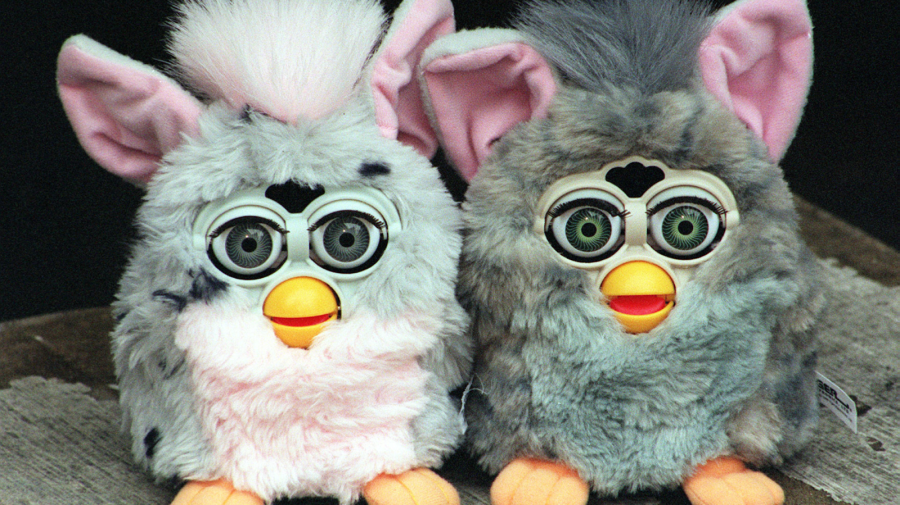
If there’s one thing you can count on in this crazy, mixed-up world, it’s that some new toy will be flying off the shelves every year during the holiday season. When I was in high school, I worked at a record store that sold toys the year Pokémon cards first blew up. My employer felt so bad for us that we each got a small holiday bonus just for putting up with the endless stream of parents buying Pokémon cards for their kids.
These popular holiday toys come in all shapes, sizes and types. Back in the ‘70s, there was Simon, the electronic memory game. In the early ‘80s, the Rubix Cube was all the rage. Koosh balls, Pogs, Beanie Babies, Razor Scooters — the list of toys that have taken over the holiday season over the years is long and memorable.
In 1998, an adorable collection of furry little electronic friends called Furbies came on the market, and they were such a hit that they sold 1.8 million units that year and another 14 million in 1999. If you were conscious in the U.S. at the end of the ‘90s, chances are you had an interaction with a Furby. Let’s take a look back at the craze and at what made them so fun and special.
What Is a Furby, Anyway?
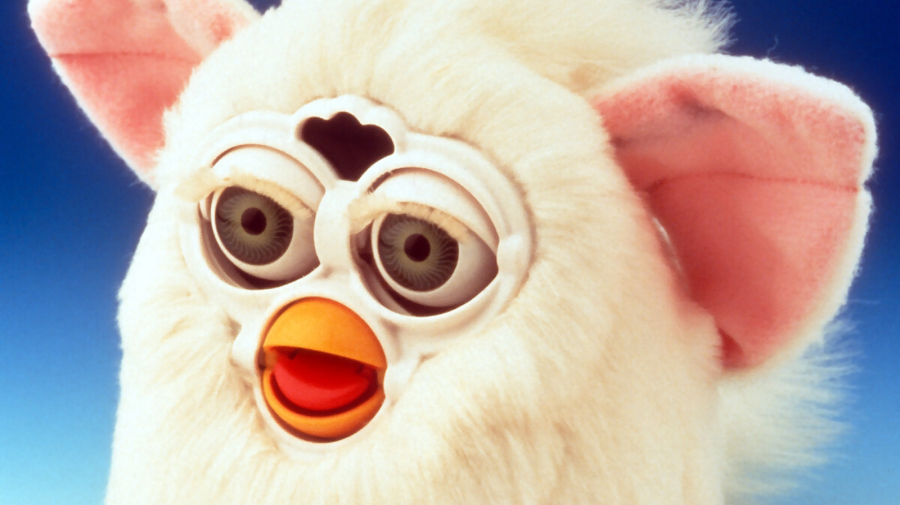
Where to begin? First of all, Furbies are incredibly cute, wide-eyed stuffed animals. That cuteness — they look sort of like a combination between an owl and a hamster — is a major piece of their popularity.
That’s not the whole story though. Furbies were very exciting in 1998 because they were truly interactive. Tamagotchis, which debuted in 1996, became a hit toy because they functioned as digital pets. On their little screens, you could interact with what seemed to be a kind of consciousness. Depending on how much you interacted with them, their “lived” experience could change.
Furbies, at first at least, seemed to be like a more fun, cute, and interactive version of a Tamagotchi. Furbies came out of the box “speaking” Furbish, a language basically composed of glorified babytalk noises. Furbies were marketed as being capable of “learning” English, but really they were just pre-programmed to add additional vocabulary over time.
Still, because Furbies make noises and movements in response to inputs like human behavior, the experience of having one was incredibly interactive. One of my best friends in college had one, and I’m terrified to admit to you the amount of time we spent playing with the little guy. I think we might have even brought him to the dining hall once or twice.
Are Furbies Based on Gremlins?
If you grew up in the ‘80s, you might have had a very specific question the first time you came across a Furby: are Furbies based on Gremlins?
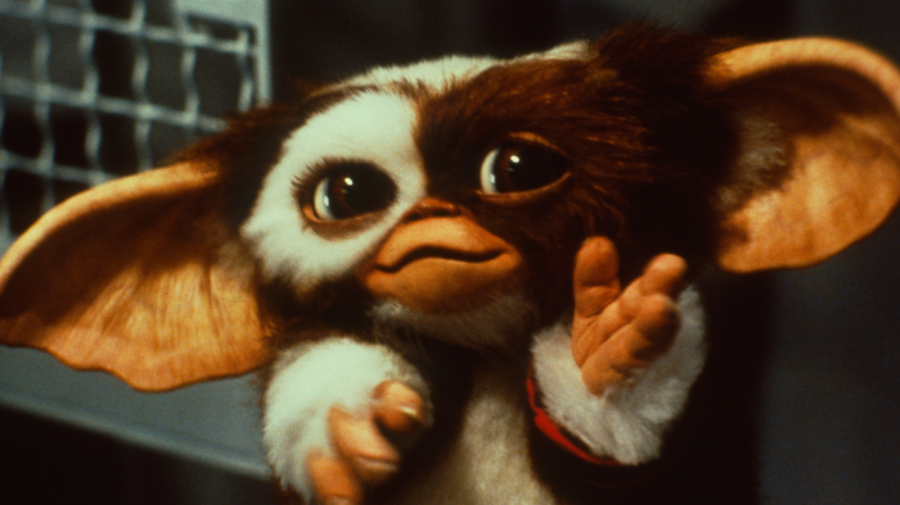
Gremlins, of course, are the cute little hellions from Joe Dante’s Gremlins (1984) and Gremlins 2: The New Batch (1990). They destroy everything around them and spread like a virus, but they start out as cute pets you can’t help but adore. The original film was a huge box office success, and even though the sequel wasn’t, Gremlins was certainly a cultural touchstone in the decade prior to the release of Furbies.
It’s unclear the degree to which Furbies were based on Gremlins from the beginning, but the connection became clear very quickly. Joe Dante himself claimed in a 2015 reddit AMA that he actually pointed out to the studio that released Gremlins, Warner Brothers, that the Furbies sure looked a lot like Gizmo from Gremlins.
It didn’t take long for a lawsuit to come up, but the result was more amicable than you might imagine. Pretty soon, there were Gremlins-themed Furbies flying off the shelves, and everyone was happy.
How Much Are Furbies Worth?
Lots of folks might be wondering how much their old Furbies are worth. That’s a complicated question to answer. If you’ve managed to keep a Furby from the original run in its box and in pristine condition, you’ve got a chance of fetching as much as a few hundred bucks for it, based on eBay listings.
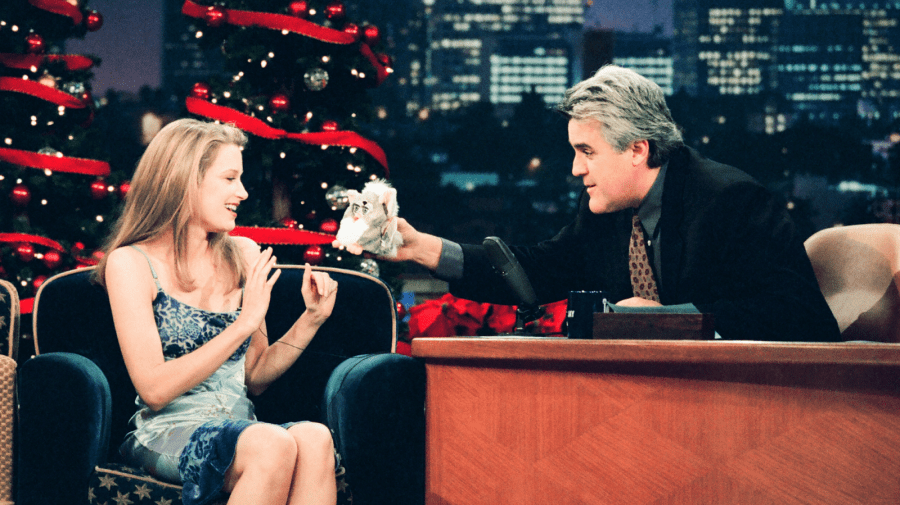
Most Furbies, however, did not remain in their boxes, and because of their interactive nature, they were played with by kids pretty addictively in the early years. And Furbies don’t seem to have the same cultural cache as Beanie Babies in terms of being collectors items nowadays.
Add it all up, and in most cases, you’re not going to get a huge amount of money back for your rare Furbies. So you might as well pop them out of the box and start interacting with them! Who knows what they might “learn”!
Furbies: Where Are They Now?
Fortunately for those of us who love them, Furbies seem to continue to pop up in pop culture every so often in somewhat surprising ways. For example, back in 2020, A24 released a diamond-encrusted Furby to be auctioned off in support of their film Uncut Gems, starring Adam Sandler.
Before that, in 2019, McDonald’s celebrated the 40th anniversary of the Happy Meal with a series of toys including a small, purple Furby. There has been a Funko Pop! Furby, too. Clearly, every so often, a corporation still decides to see if it’s possible to capitalize on the enduring popularity of these cute toys.
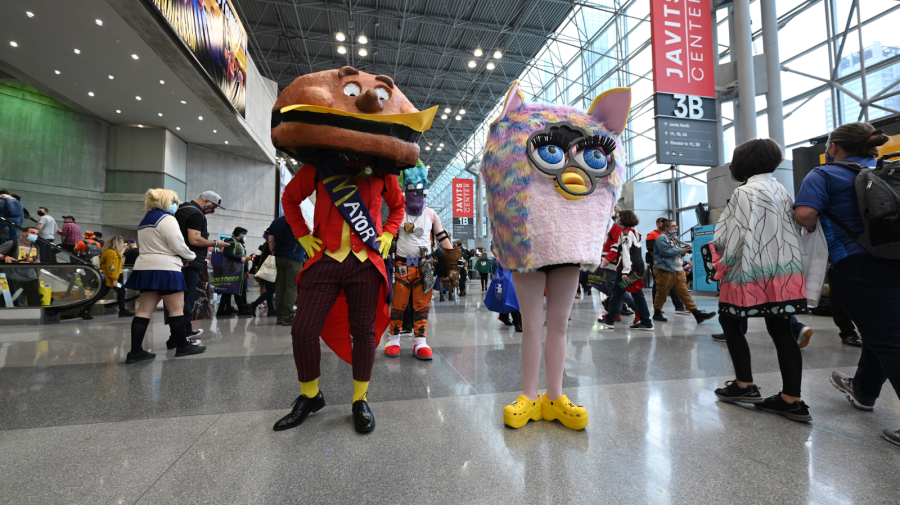
There have been technological developments in the world of Furbies too, though. While it has since been discontinued, and they are no longer sold, in 2016 Hasbro even created an app called Furby Connect World to go along with the most recent Furby model at the time. The app was able to communicate with Furbies to make for an even more interactive experience. Sadly, the experiment didn’t last very long.
Still, it begs the question: what does the future hold for Furbies. Is there a world in which artificial intelligence makes it possible for Furbies to really learn? Do we want to open the Pandora’s Box of intelligent Furbies? Maybe that would mean ignoring the lessons we should have learned from Gremlins and its sequel. Maybe — nearly 25 years after Furbies first appeared — we should just be happy to have a cute toy we can feel nostalgic about from time to time.

 Seth Landman
Seth Landman




